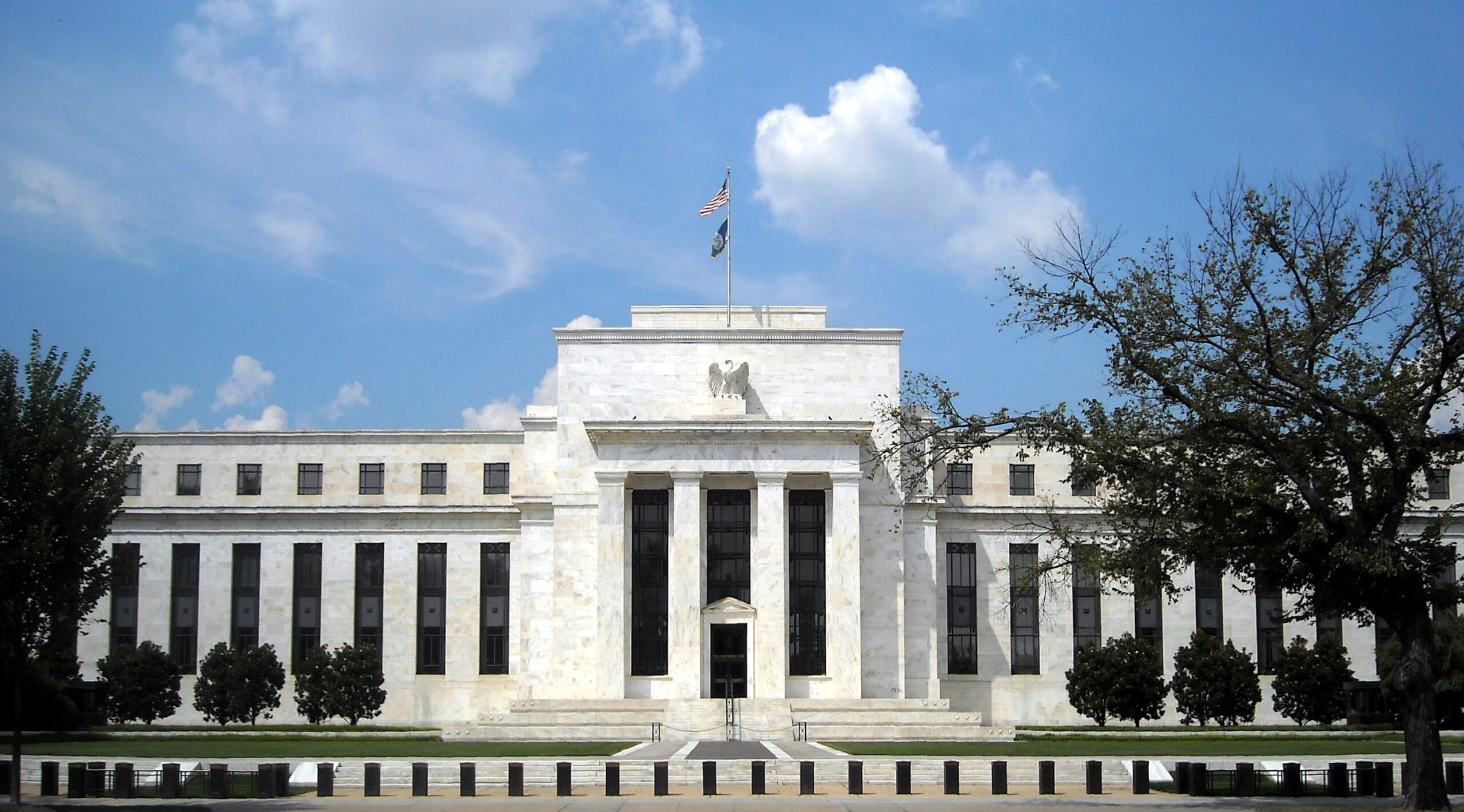
Monetary Policy & Inflation | US

Monetary Policy & Inflation | US
This article is only available to Macro Hive subscribers. Sign-up to receive world-class macro analysis with a daily curated newsletter, podcast, original content from award-winning researchers, cross market strategy, equity insights, trade ideas, crypto flow frameworks, academic paper summaries, explanation and analysis of market-moving events, community investor chat room, and more.
In this note, I look at tightening cycles since 1965 to infer what the current one could look like and what its output cost could be.
Since 1965, there have been nine tightening cycles plus the current one. There are marked differences in the starting conditions of the cycles between the 1960s and 1970s and the following decades:
This time, however, the initial conditions for a tightening cycle are nearer those prevailing in the ’60s and ’70s than during 1980-2010. That the Fed is well behind the curve may well reflect that it tried to overcorrect for past excessive hawkishness, as shown for instance by the adoption of the Average Inflation Targeting framework in August 2020.
The duration and intensity of previous Fed tightening cycles differs in the 1960s and 1970s from the following decades. During the 1960s and 1970s, in line with a starting point behind the curve, tightening cycles lasted longer, and the FFR rose higher both in absolute value and per quarter than in the following decades.
By contrast, during the 1980s and 1990s, tightening cycles were shorter and the increases in the actual FFR smaller than during the 1960s and 1970s.
In the 2000s and 2010s, the tightening cycles expanded again. But this was more from a desire to be very gradual than because of difficulties controlling inflation. Fed Fund increases per quarter remained low.
These precedents make the tightening cycle painted in the March 2022 SEP somewhat unrealistic. First, the SEP envisages a substantial fall in inflation from causes other than monetary policy, the ‘immaculate disinflation’. That has happened in none of the previous tightening cycles and conflicts with the large increase in the neutral FFR during the oil price shocks of the 1970s.
Second, the envisaged increase in the FFR is small, considering the Fed is starting from far behind the curve. To control inflation, the Fed will probably need to hike more than the SEP envisages.
Table 1 looks at the output and unemployment costs of lowering inflation. Since 1965, only three Fed tightening cycles have not led to recession. These all happened after the 1970s, i.e., during a period of secular disinflation and in all three cases, the Fed tightened proactively. In addition, either the tightening cycle was short (1994-95 and 1983-84) or the increase in the FFR was small (2015-18).
The nine tightening cycles since 1965 suggest the Fed is already too far behind the curve to engineer a soft landing. Simultaneously, they suggest Fed policy can still influence the depth and length of the recession: proactive, credible, and clearly specified tightening plans could lead to a shorter recession.
Last week’s FOMC meeting suggested a long and reactive tightening period, with unclear plans potentially leading to a protracted recession. This week, however, Chair Jerome Powell has communicated greater proactiveness (Hawkish Powell Suggests 50bp at the May FOMC Meeting). Still, the jury is out on whether the US will avoid a protracted recession.
In my view, the market is underpricing the eventual tightening the Fed will have to implement.
Spring sale - Prime Membership only £3 for 3 months! Get trade ideas and macro insights now
Your subscription has been successfully canceled.
Discount Applied - Your subscription has now updated with Coupon and from next payment Discount will be applied.